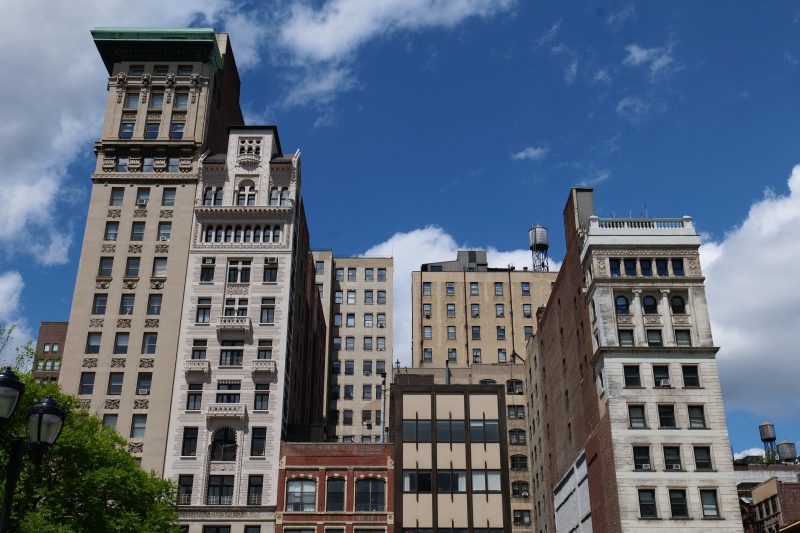Many small organizations will not think much about establishing structures and processes. They assume that, for example, hierarchical structures are only relevant for large organizations. For them, they are a superfluous exercise of power. Looking at processes they’ll think of them as bureaucracy. They’ll perceive themselves as people who are more efficient using direct communication.
A way to think about processes and structures is to think about them using the metaphor of a house. Houses, may they be a small hut, or a skyscraper, follow similar principles. They serve as a place where people can find shelter for a specific purpose. Some huts serve to protect the material and allow people to keep them organized, other huts are there to serve individuals or groups to live in, and skyscrapers will often be there to serve multiple purposes like business and housing.
To do so, they need to be built in such a way that they are securely embedded in an environment. They also need to be accessible to the people who use them to serve the chosen purpose.
Securely embedded, means that it is built on some type of foundation that links it to the ground and stabilizes the construction it supports as needed. It will also have one or more rooms and will be covered as needed. That is, the construction is structured and has a supporting structure.
Accessible to the people means that people can enter the building and that it becomes clear to them how they can do so. Following the way this is signaled people will understand who can enter and under what circumstances. They will also discover how to move from one room to another. But also, how this needs to be negotiated with the people already in the building. How this happens is a natural consequence of the norms and habits people have. They have learned them in their environment or culture and bring them to any new place they come to. Depending on their choices, they will be adapted by the people who own the building or find themselves in the building when others enter. It is how the culture within the building develops itself. How this unfolds is usually a fluid process. What it does is define one or more processes to help those in the building to cooperate or know who can go in and out of the building.
The chosen purpose of the building naturally relates to the task it is serving, just like an organization serves one or more tasks, that is a purpose.
Considering this metaphor, the question of whether structures and processes need to be defined becomes superfluous. It now asks which structures and processes are present. And once this awareness exists, it expands to appreciate how the processes change according to individual preferences. It now allows for a desire to stay attentive to evolving processes and structures and choose those that correspond to what serves the organization best.
People may not change any of them, but they now are aware of their presence and the opportunity to choose them.


